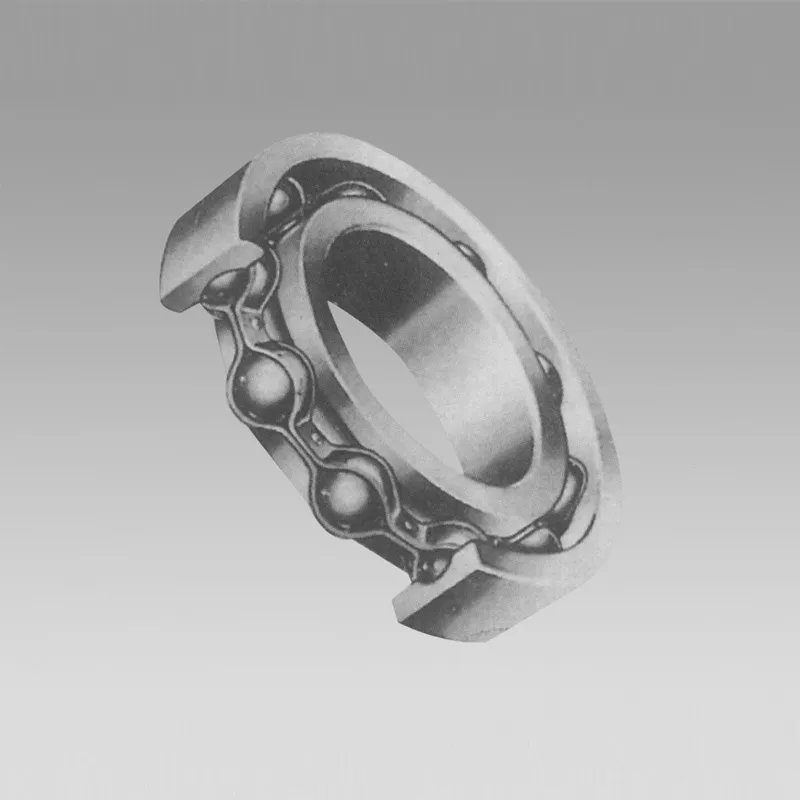
Dec . 14, 2024 10:49 Back to list
Understanding the Features and Applications of Deep Groove Ball Bearings in Industry
Understanding Deep Groove Ball Bearings A Comprehensive Overview
Deep groove ball bearings are one of the most common types of rolling bearings used in various applications across multiple industries. Renowned for their versatility and robustness, these bearings can operate under high loads and at various speeds, making them ideal for a range of machinery and moving parts. In this article, we will delve into the design, functionality, applications, and advantages of deep groove ball bearings, providing a concise yet comprehensive overview.
Design and Structure
Deep groove ball bearings consist of an outer ring, an inner ring, a cage (or retainer), and a set of balls. The significant aspect of their design is the deep raceway grooves incorporated into the rings. This feature allows for the accommodation of both radial and axial loads, which is essential in many mechanical applications. The depth of the grooves helps prevent the balls from coming out of the raceway, ensuring that the bearings remain operational even under substantial stress conditions.
The materials used in the construction of deep groove ball bearings are typically high-quality steel or ceramic. Steel bearings are more common due to their durability and cost-effectiveness, while ceramic bearings are used in specialized applications due to their lightweight properties and resistance to corrosion.
Functionality
The primary function of deep groove ball bearings is to reduce friction between moving parts in a machinery system. When a shaft rotates, it creates motion that would produce friction and heat if not adequately managed. The balls within the bearing roll along the races, allowing for smooth rotation and increased efficiency. This design helps maintain precise alignment of shaft components, which is crucial in preventing wear and tear in mechanical systems.
Additionally, deep groove ball bearings are capable of handling both radial loads (perpendicular to the shaft) and axial loads (parallel to the shaft). This dual capability allows them to support a wide range of equipment, from electric motors and pumps to automotive applications and industrial machinery.
Applications
ball bearing deep groove

The versatility of deep groove ball bearings makes them suitable for numerous applications
. They are commonly found in1. Electric Motors Used in synchronous and asynchronous motors where low friction is essential for efficient operations. 2. Automotive Components Employed in wheels, gearboxes, and alternators to enhance performance and reliability. 3. Industrial Machinery Used in conveyors, drives, and processing equipment, where high reliability is paramount. 4. Home Appliances Found in washing machines, fans, and electric tools, ensuring smooth operation in everyday household items.
Thanks to their wide applicability, deep groove ball bearings play an essential role in both consumer goods and heavy machinery, demonstrating their importance across various industries.
Advantages
The advantages of deep groove ball bearings are numerous
- Durability and Longevity Built to withstand significant loads and harsh conditions, these bearings have a long service life, reducing the need for frequent replacements. - Versatility Capable of handling both radial and axial loads makes them suitable for a variety of applications. - Smooth Operation Their design allows for minimal friction, which contributes to more efficient machine operation and energy savings. - Availability Deep groove ball bearings are widely manufactured and readily available in different sizes and types, ensuring easy procurement for manufacturers and maintenance teams.
Conclusion
In summary, deep groove ball bearings are integral components in many mechanical systems due to their robust design, adaptability, and efficiency. Ranging from everyday appliances to complex industrial machinery, they facilitate smooth motion and help mitigate friction-related issues. Understanding their structure, functionality, applications, and inherent advantages can aid in selecting the right bearing for specific needs, enhancing overall performance and reliability in engineering solutions. As technology progresses, the importance of deep groove ball bearings will undoubtedly continue to grow, cementing their place as a fundamental element in modern machinery.
Latest news
-
Grooved Ball Bearing Design and Functionality
NewsJun.04,2025
-
Concrete Mixer Bearing Load Capacity Testing
NewsJun.04,2025
-
6004 Bearing Dimensions in Robotic Joint Designs
NewsJun.04,2025
-
Advantages of Single-Row Deep Groove Ball Bearings
NewsJun.04,2025
-
Applications of Deep Groove Ball Bearings in Automotive Systems
NewsJun.04,2025
-
Innovations in Bearing Pressing Machine Design
NewsJun.04,2025
